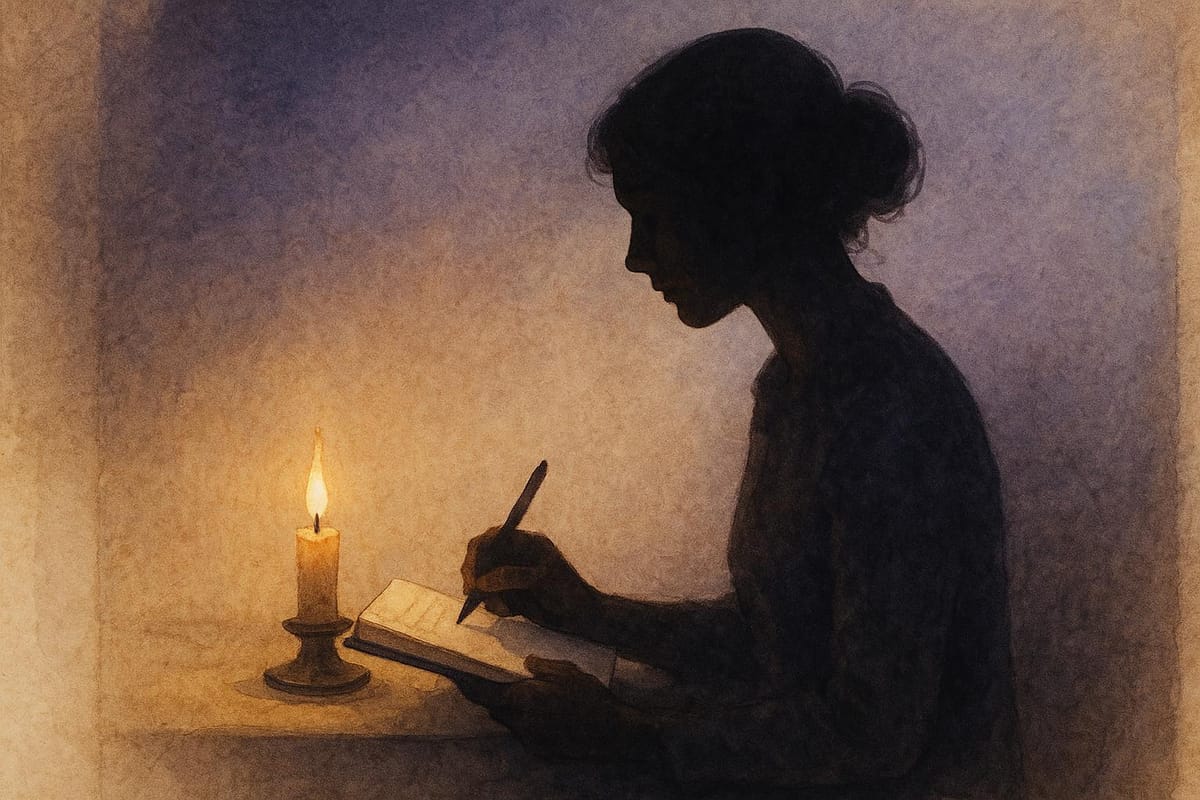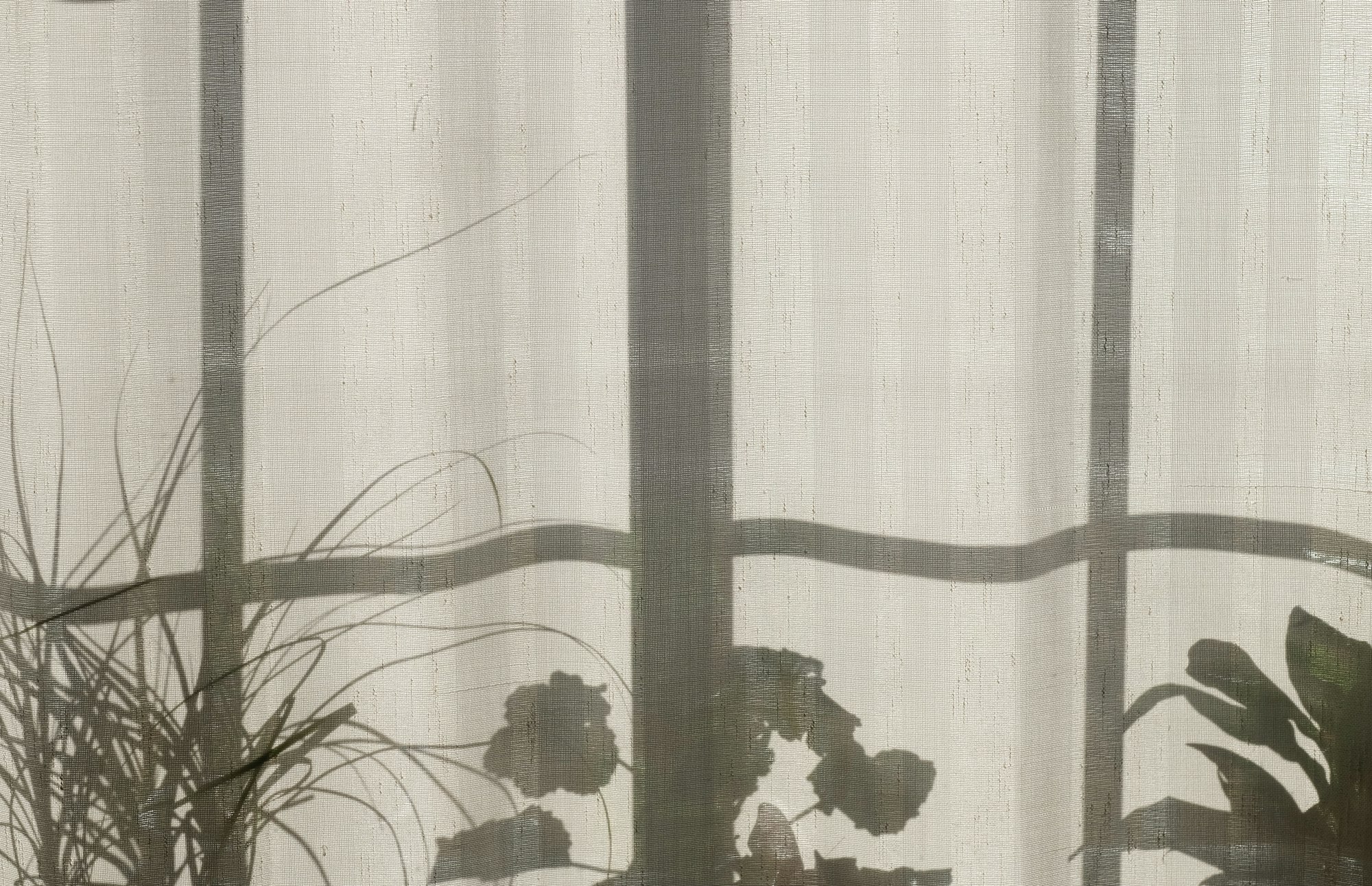A Shadow Work Guide for Artists, Writers & Visionaries
Shadow work is not just emotional healing for creatives—it’s how you reclaim the parts of your imagination exiled by fear, perfectionism, and early criticism. This guide shows how suppressed creativity becomes the shadow, and how envy reveals your true artistic direction.

The Call to Look Within (Creative Edition)
Every artist eventually encounters a mysterious force that can’t be brute-forced through discipline or productivity.
You feel it as:
- the blank page that won’t open,
- the song you can hear but can’t touch,
- the project you keep polishing but never releasing,
- The envy that burns when someone creates what you know you could have made.
These are not failures.
These are shadows.
In Jungian psychology, the shadow is not only the dark or wounded part of the psyche—it’s also the genius you exiled because the world once told you it was “too strange,” “too intense,” “too impractical,” “too emotional,” or simply too you.
For creatives, the shadow often contains:
- the wild imagination you suppressed to “fit in,”
- the anger at your own stagnation,
- the envy that reveals your unspoken artistic direction,
- the courage you abandoned after early criticism,
- The authentic voice is buried under perfection.
The shadow is not the enemy of creativity.
It is the muse you locked in the basement.
Jung said:
“The gold is in the dark.”
For artists, this means: the work you’re avoiding is the work your soul is asking you to make.
Shadow work becomes a way to enter that underground studio—
the place where your creativity, intuition, wounds, imagination, and archetypes live.
What “Integration” Means for Creatives
For high-performing artists, “integration” is not about fixing yourself;
it’s about recovering your unfiltered voice.
Most creative blocks come from fragmentation:
part of you wants to create,
part of you fears being seen,
part of you tries to be perfect,
part of you wants permission,
part of you is still hurt by criticism that came decades too early.
Integration is the reunification of the artist’s internal cast:
1. The Exiled Muse
The part of you that wanted to make something “weird,” “too emotional,” “too big,” “too spiritual.”
Integration lets you hear this voice again.
2. The Inner Critic
Not a villain—but a failed protector who learned to attack you before anyone else could.
Research in Internal Family Systems shows:
Criticism is a defense mechanism, not truth.
3. The Child Artist
The one who created freely before comparison entered.
Shadow work reconnects you with this state of flow.
4. The Archetypal Self
Your mythic inner landscape—the Sage, the Rebel, the Mystic, the Creator.
This is the realm Jung believed true originality springs from.
When these parts reconnect, something remarkable happens:
you stop creating from fear and start creating from source.
Envy becomes direction.
Resistance becomes material.
The block becomes the doorway.
How to Use a Shadow Work Journal (Creative Edition)
Journaling is not documentation for creatives—
it is alchemy.
A creative shadow work journal is:
- a dialogue with your muse,
- a negotiation with your critic,
- a homecoming for your inner child,
- a map for your next artistic breakthrough.
Start with a simple ritual:
- 10–20 minutes
- same time daily
- let the pen outrun the ego
- allow strangeness, absurdity, desire, anger, longing
- end with a micro-creative action (one sketch, one sentence, one line, one melody)
Creative Journal Template
1. What creative moment frustrated me this week?
Blank page? Fear of releasing? Endless revisions?
2. What story did I tell myself?
“I’m not original enough.”
“No one cares.”
“It’s been done.”
“I’m falling behind.”
“They’re better than me.”
3. Which part of me responded?
The critic?
The visionary?
The wounded child?
The perfectionist?
The forgotten muse?
4. What desire is beneath the emotion?
To be seen?
To be free?
To be respected?
To create without shame?
To make something true?
5. What micro-action will move me toward the work?
A messy draft
A 5-minute sketch
A single metaphor
A voice memo
A truth you finally write
Five Core Creative Practices for Shadow Integration
1. Rewriting the Inner Critic
Studies in creativity research show that self-judgment suppresses divergent thinking.
The critic is not truth—it’s protection.
Ask it:
“What are you afraid will happen if I make this?”
Often the answer is:
“I’m afraid you’ll be judged like last time.”
The critic softens with compassion.
2. Envy as a Compass
Envy is not poison in creative work;
it’s directional data.
Julia Cameron calls envy “a map.”
Jung saw it as the projection of disowned potential.
When you envy a creator:
Ask, “What longing is being mirrored back to me?”
Envy reveals the art you’re meant to pursue.
3. Dialogue With the Muse
Write to the muse.
Let it write back.
You: “Where are you?”
Muse: “In the idea you keep ignoring.”
This restores the sacred relationship between inspiration and effort.
4. Artistic Somatic Work
Creative blocks often live in the body:
tight chest, clenched jaw, collapsed posture.
Bessel van der Kolk’s work shows:
Somatic awareness frees expressive capacity.
Practice:
Place attention on one tight spot → breathe into it → write what emotion lives there.
This unlocks embodied creativity.
5. Mythic Integration
Creatives thrive when they see their life as a story, not a problem.
Ask:
- “Which archetype is leading my life right now?”
- “The Rebel? The Orphan? The Creator? The Seeker?”
- “What archetype wants to emerge next?”
This aligns your art with your mythic identity.
Shadow Work Prompts for Creatives
A. Reclaiming the Exiled Artist
- What creative part of me was shut down earliest in life?
- What art did I stop making to be accepted?
- What style feels “too weird” but thrilling?
- What childhood creativity did I abandon?
- Where am I still asking for permission?
B. Envy, Projection & Artistic Direction
- Who do I envy creatively? What do they mirror in me?
- What work do I wish I had the courage to make?
- When have I copied instead of created? Why?
- Who triggers my artistic insecurity?
- What would I create if no one could judge me?
C. Inner Critic & Shame Alchemy
- What phrases does my critic use? Whose voice is it actually?
- What am I protecting by not releasing my work?
- What failure am I terrified of repeating?
- What part of my art feels dangerous to reveal?
- What truth does my critic want me to face?
D. Flow, Resistance & Creative Ritual
- When do I feel most alive creatively?
- What ritual reliably opens my creative channel?
- What fear hides behind my procrastination?
- What expression feels impossible—but necessary?
- If my resistance were a character, what would it say?
E. Integration & Creative Liberation
- What creative identity am I stepping into this year?
- What artistic risk will I take in 24 hours?
- What archetype is guiding my next body of work?
- What part of me is ready to be seen?
- What does my muse ask of me now?
How You Know You Are Unblocking Creativity
You will notice:
- envy turns into direction
- the critic softens
- ideas feel “alive” again
- flow returns in small bursts
- you stop performing and start expressing
- your work feels more honest
- you feel pulled by inspiration rather than pushed by discipline
- fear becomes material instead of a barrier
Creative security = trusting your voice more than others’ opinions.
Common Mistakes in Creative Shadow Work
Mistake: Treating the critic as the enemy
Fix: Rewrite its job description
Mistake: Using productivity to avoid emotion
Fix: Feel before you force
Mistake: Mistaking resistance for laziness
Fix: Ask what it’s protecting
Mistake: Trying to skip to mastery
Fix: Let yourself create badly, beautifully, freely
🌿 Shadow Work with Life Note: Your Creative Mirror
Most tools help you capture ideas.
Life Note helps you free the artist who made them.
Inside Life Note, you can:
- Dialogue with mentors inspired by Jung, Rilke, Alan Watts, and Maya Angelou. Writers and mystics who understand the inner life of creators.
- Choose tone: mystical, poetic, direct, or challenging. Exactly like speaking with your muse, critic, or inner child.
- Track artistic themes: envy, resistance, intuition, and longing. Your creative patterns become visible, transformable.
- Get reflections that unblock your authentic voice
Life Note doesn’t flatter your ego or soothe your avoidance.
It shows you the truth your art is asking for.
Shadow work for creatives isn’t about fixing yourself.
It’s about liberating your originality.
Explore More






